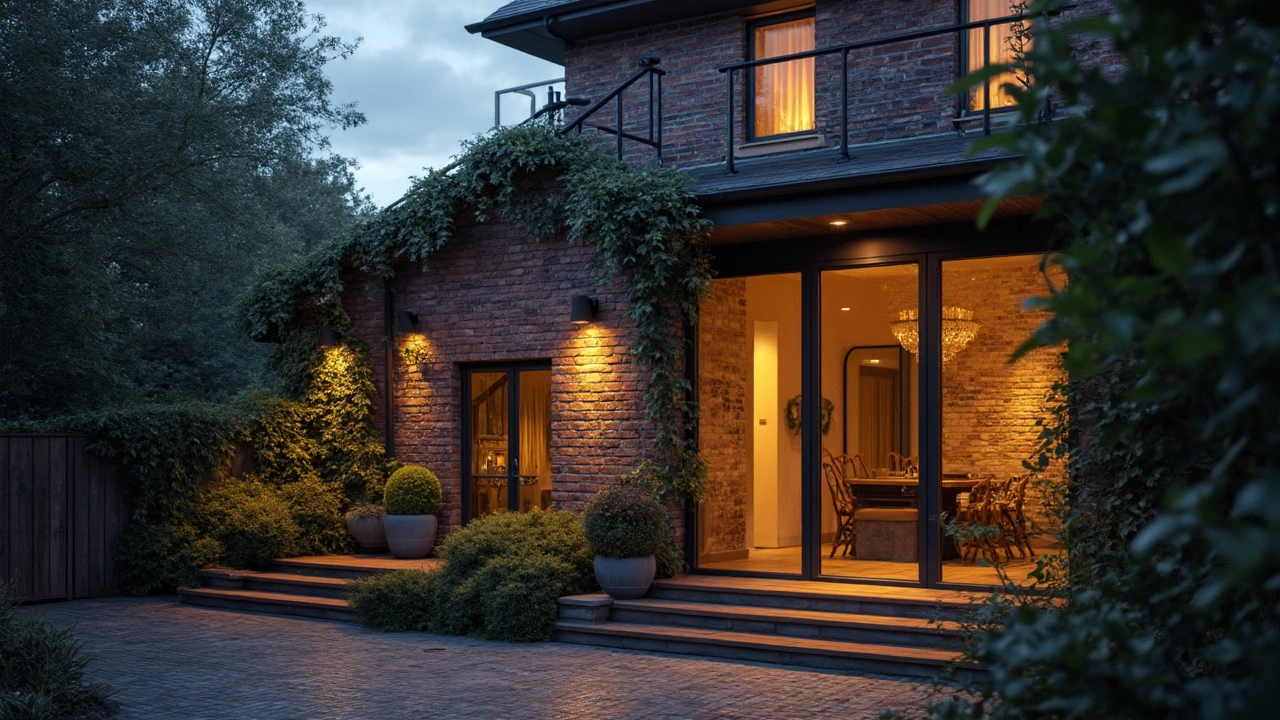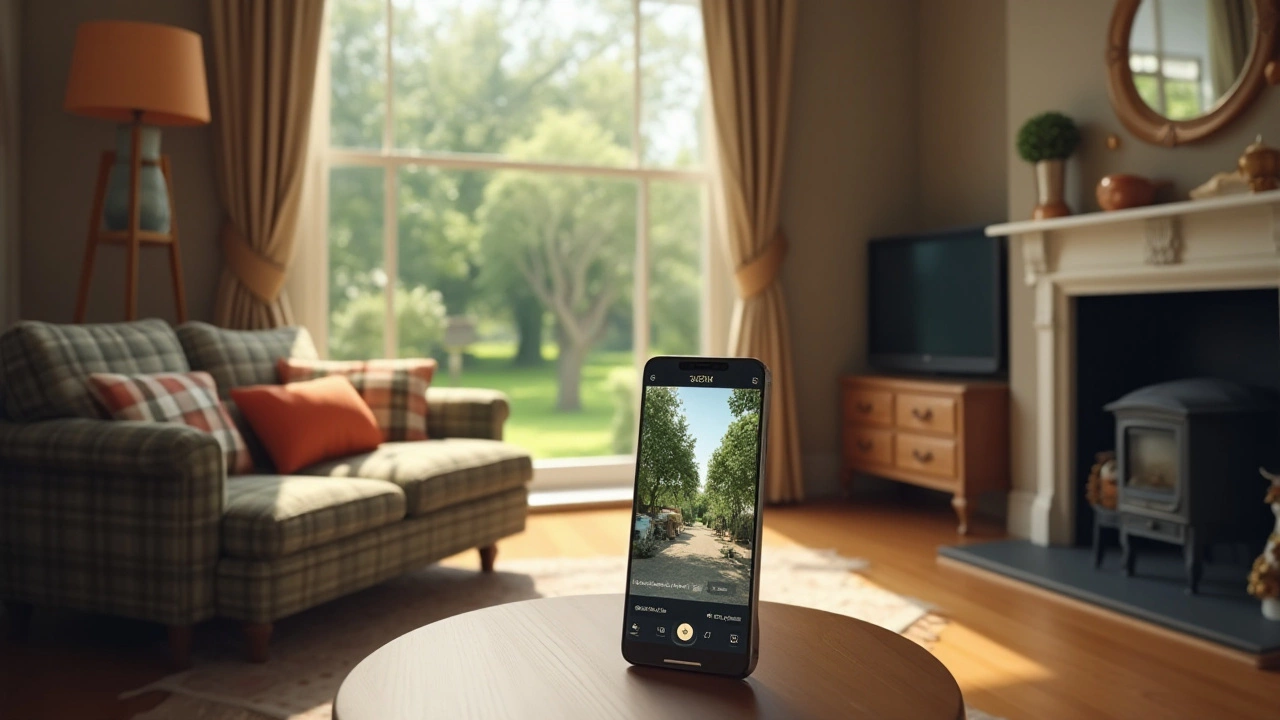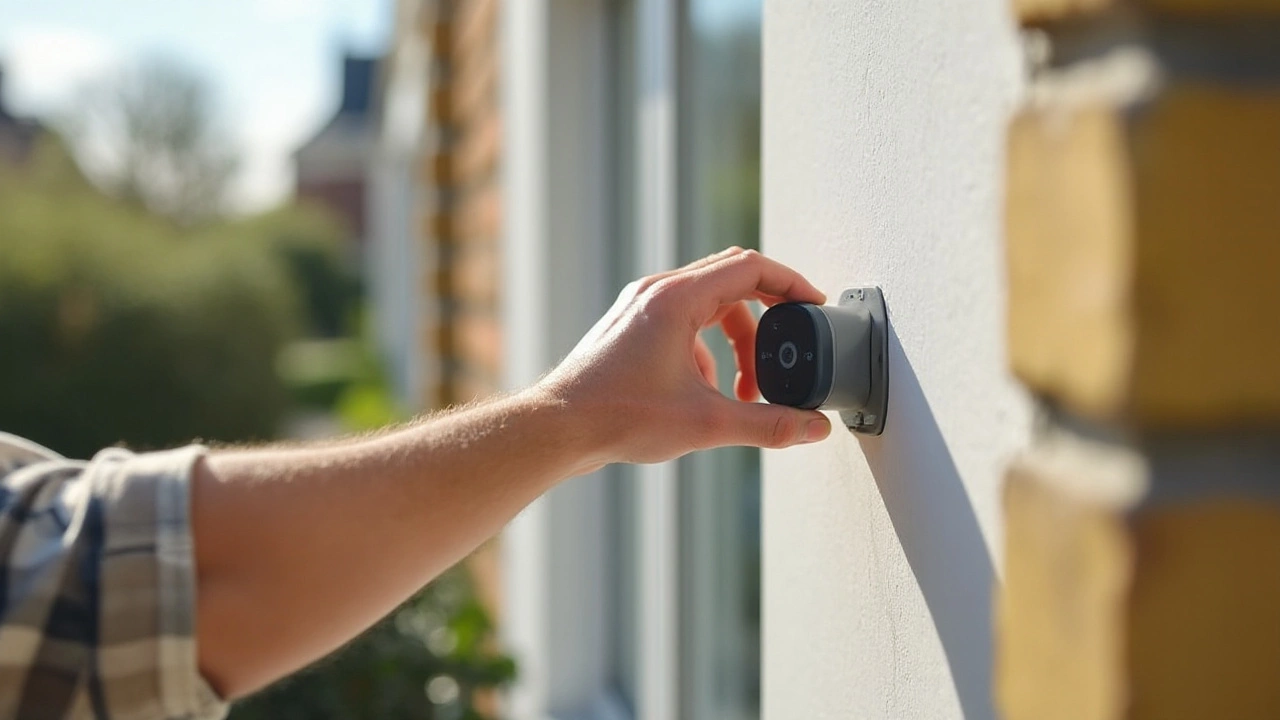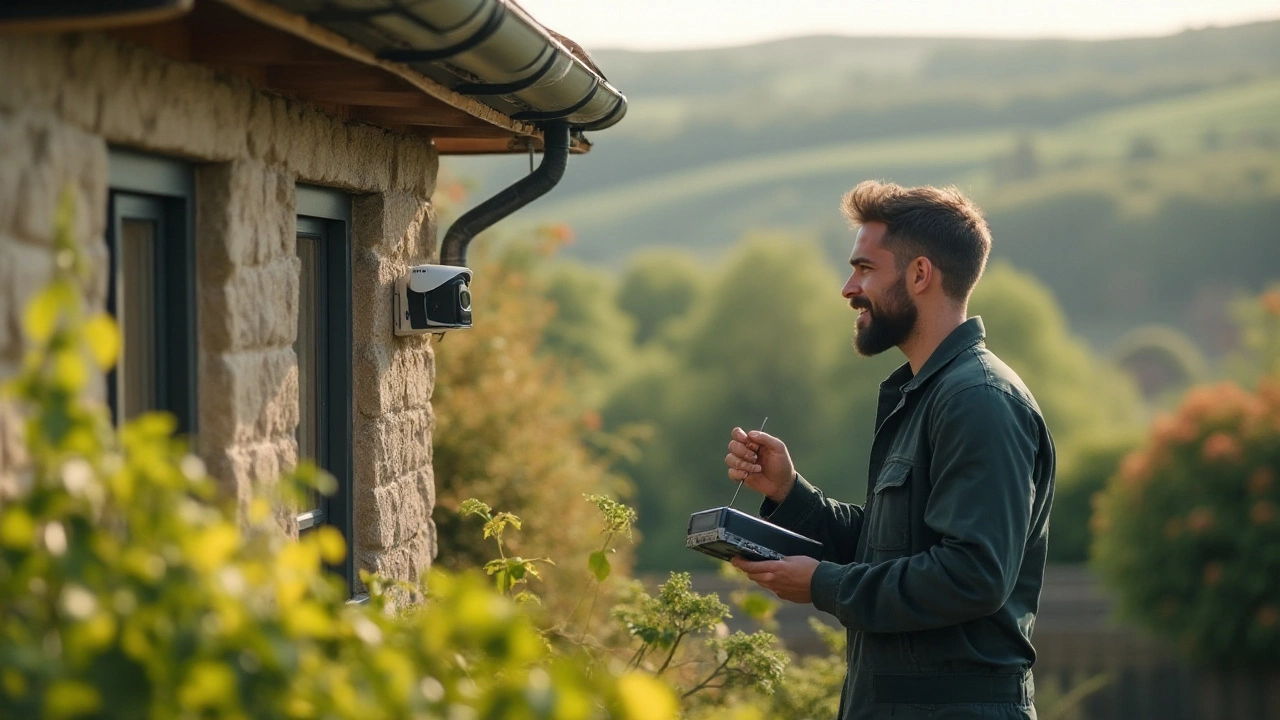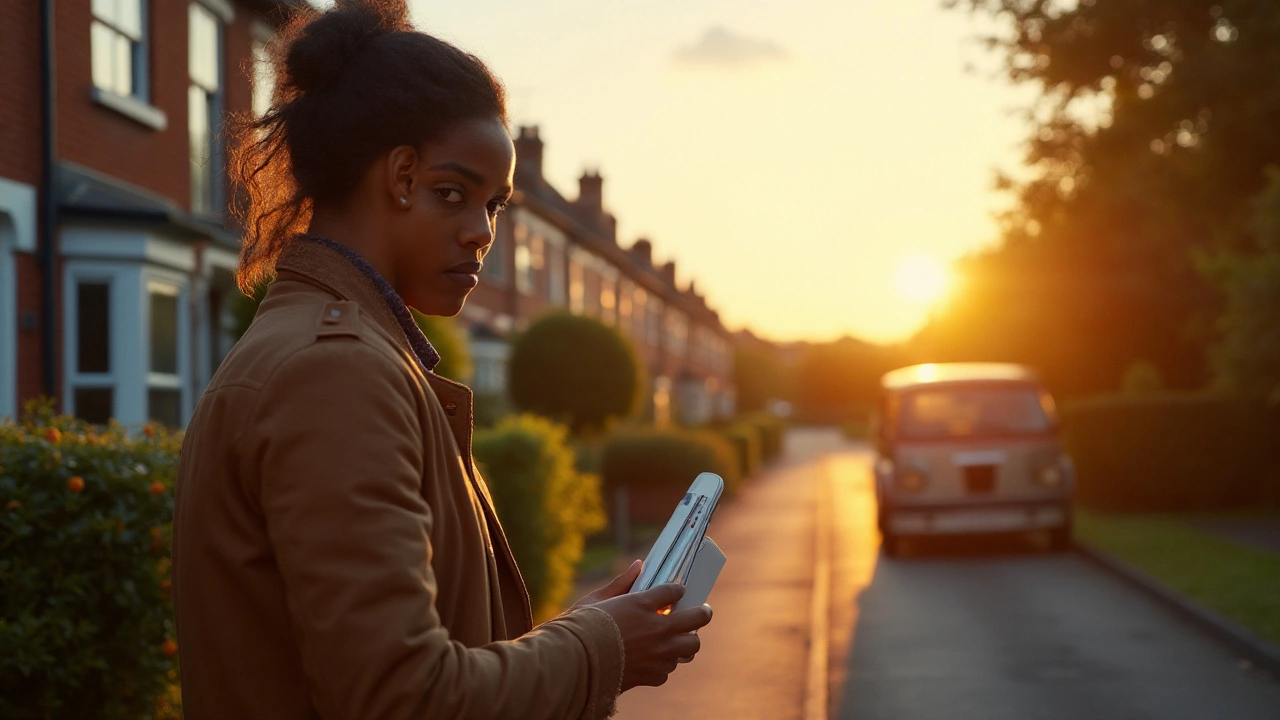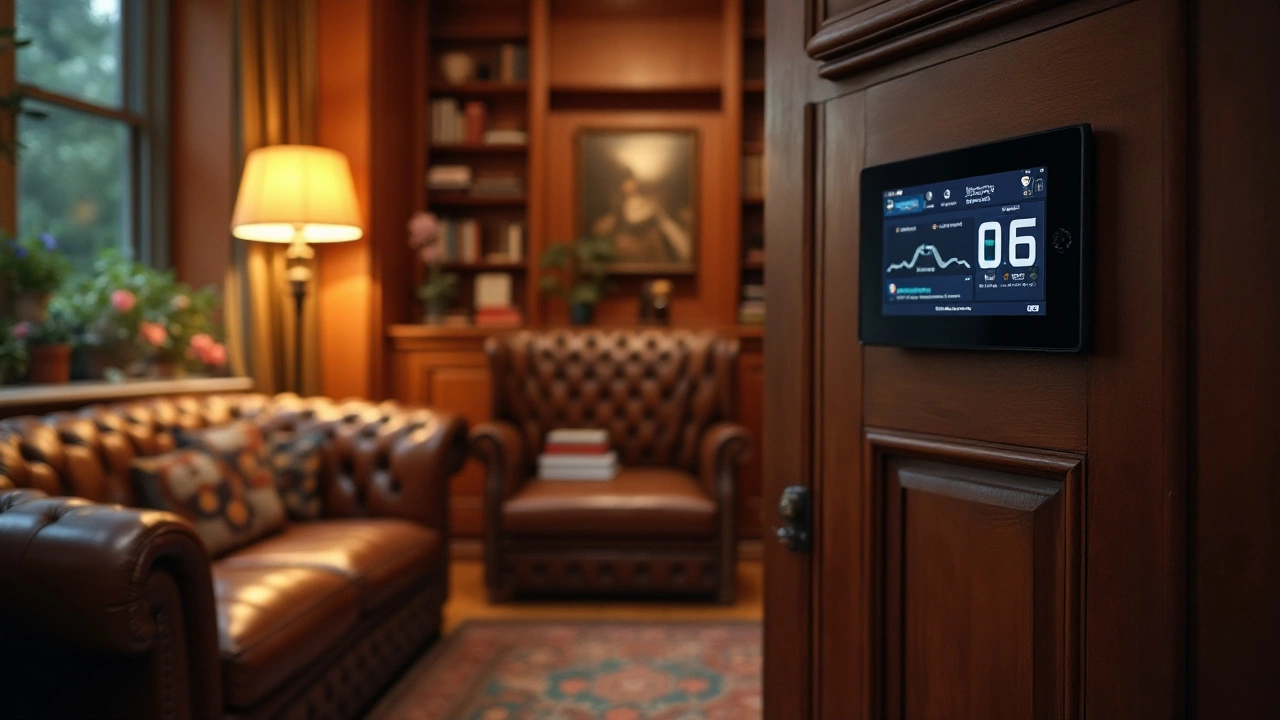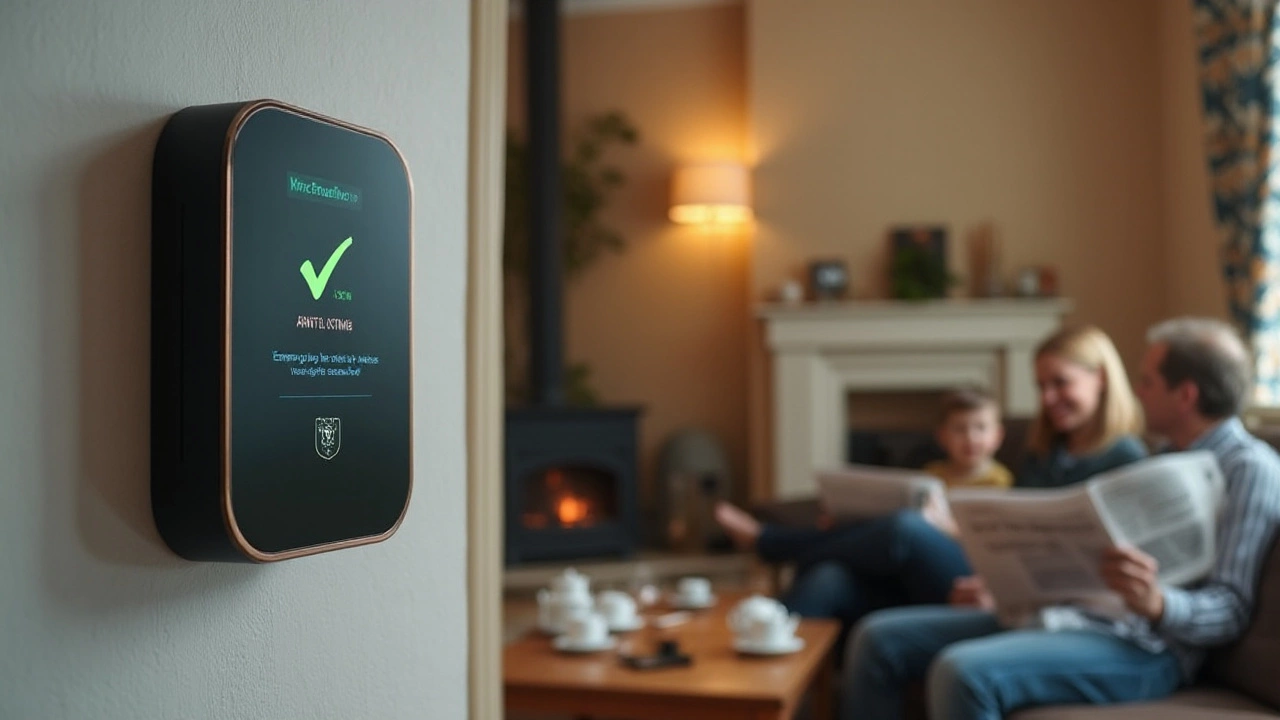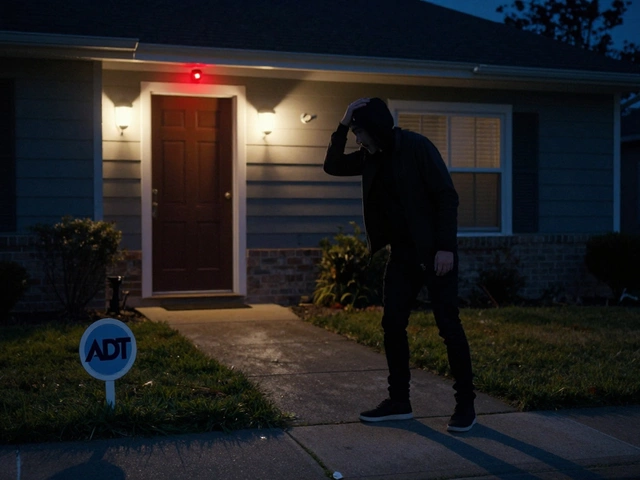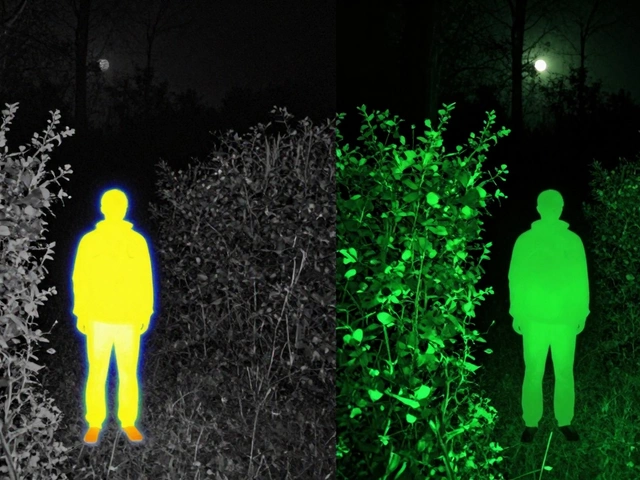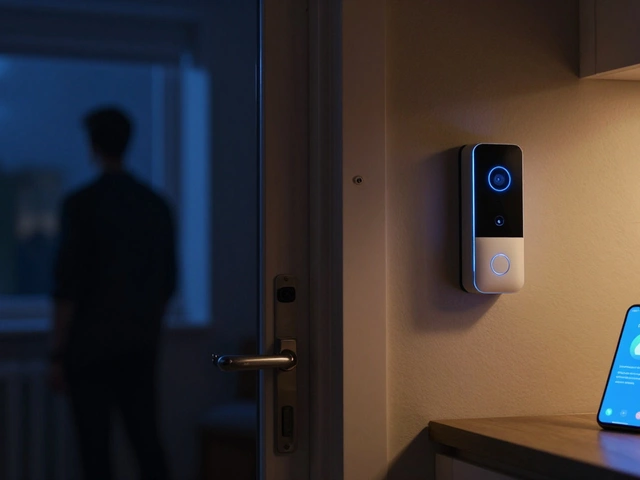Security Systems: Choose, Install and Keep Your Home Safe in 2025
When it comes to protecting what matters most, a solid security system is the first line of defence. You don’t need a PhD to pick the right gear – just a clear idea of what you want to guard, how you want to be alerted, and how much you’re willing to spend.
What Makes a Good Security System?
A good system does three things: it spots trouble early, it lets you know right away, and it makes it easy to call for help. Look for reliable sensors that actually trigger when a door opens or motion is detected, not ones that go silent after a few weeks. Real‑time alerts to your phone are a must – if you’re at work, you want a push notification, not an email that lands in the junk folder.
Another factor is how the components talk to each other. A system that uses a single hub or a cloud‑based app keeps everything in one place, so you’re not juggling three different passwords. Compatibility with your existing smart home devices (like lights or voice assistants) is a big plus – it lets you set up scenes such as “turn on all lights and sound the alarm” with a single tap.
Key Pieces to Consider
Home Alarm Panel: This is the brains of the operation. Modern panels are wireless, so there’s no need for a phone line. They usually come with a keypad, battery backup, and integration options for sensors and cameras.
Door and Window Sensors: These tiny devices snap onto frames and send a signal when the contact is broken. For added peace of mind, pick sensors that work on both 2.4 GHz Wi‑Fi and Zigbee/Matter – that way you’re covered if one network goes down.
Video Doorbells: A video doorbell does more than ring the bell. It records who’s at the door, sends live video to your phone, and can even trigger the alarm if it detects suspicious movement. Decide whether you want a wired unit (steady power, less battery hassle) or a battery‑powered model that’s easier to install but needs occasional charging.
Security Cameras: Choose a mix of indoor and outdoor cameras. Indoor units with night‑vision and two‑way audio let you talk to a visitor from anywhere. Outdoor cameras should have weather‑proof housing, motion‑activated recording, and ideally a local storage option (like a microSD card) to avoid reliance on the cloud.
Motion Sensors: Not all motion sensors are created equal. PIR (passive infrared) sensors work great for detecting body heat, while microwave sensors can spot movement through glass. Dual‑tech sensors combine both, reducing false alarms caused by pets or sunlight.
Smart Integration: If you already use Alexa, Google Assistant, or Apple HomeKit, look for a system that plugs into those ecosystems. Voice control can arm or disarm the system, and smart lights can flash when the alarm sounds, scaring off intruders.
Getting started is simple. First, map out the vulnerable spots – front door, side windows, garage, and any blind corners. Install sensors on each, then add a video doorbell at the main entrance and a couple of cameras covering the driveway and backyard. Finish with motion sensors in the hallway and a central hub placed where it gets a strong Wi‑Fi signal.
Once everything’s linked, test each component. Walk through your home, trigger doors, and watch the app for alerts. Adjust sensor sensitivity if you get too many false alarms – a little tweaking now saves a lot of annoyance later.
Security isn’t a set‑and‑forget job. Keep firmware updated, check battery levels every few months, and review your alert settings after any major life change (like a new roommate or a work schedule shift). With the right mix of hardware and habit, you’ll have a system that watches over your home while you focus on the things that matter.


